If you are on a quest to discover a top-notch PRTG alternative that can skyrocket your network monitoring experience, you’ve come to the right place! We understand the value of finding the perfect network monitoring tool that not only meets your requirements but also surpasses your expectations. In this comprehensive guide, we will explore the crème de la crème of PRTG alternatives, each one packed with features and capabilities to keep your network in tip-top shape. So fasten your seatbelts, and let’s dive into the world of cutting-edge network monitoring!
Features of PRTG
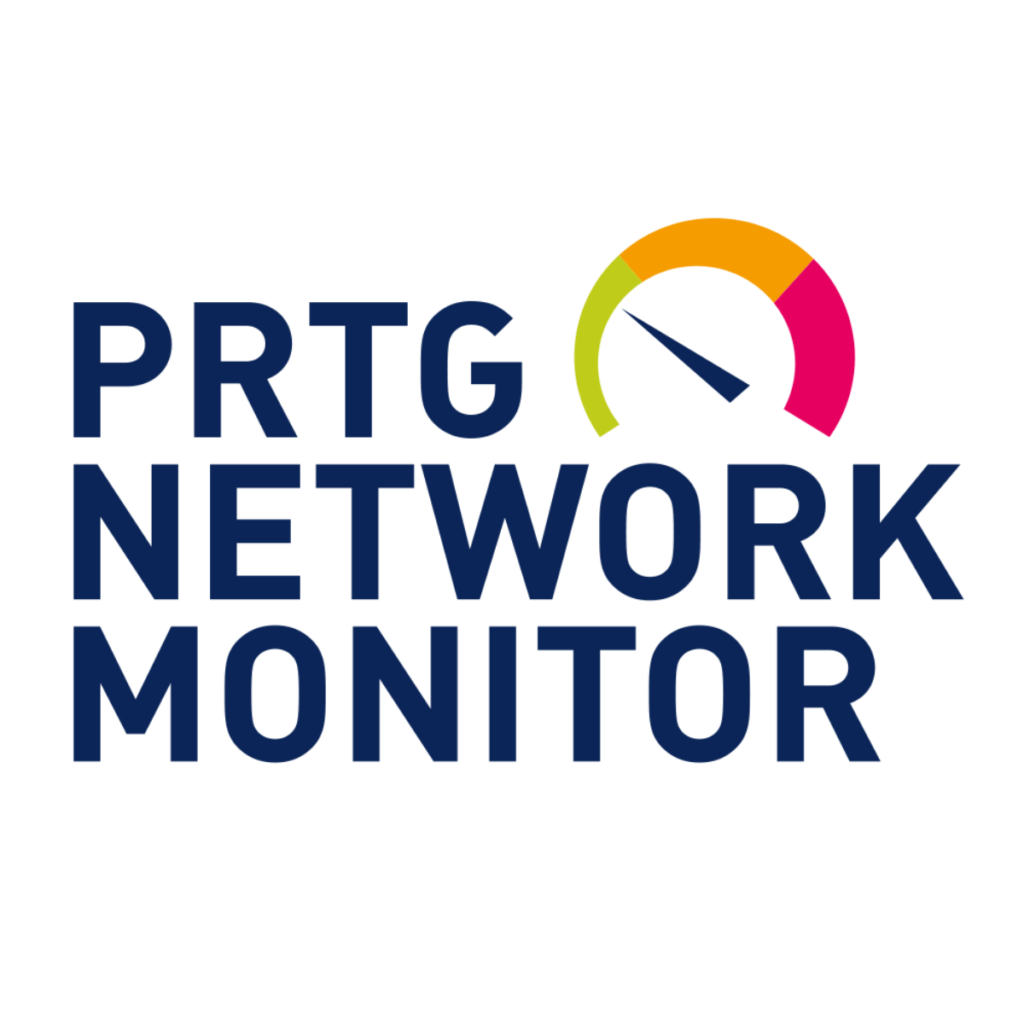
Before delving into the PRTG alternatives, let’s take a moment to highlight some of the exceptional features that PRTG offers:
1. Unified Monitoring
PRTG provides a single, centralized platform to monitor the entire IT infrastructure, including servers, devices, networks, and applications. Its unified approach allows network administrators to gain a holistic view of their infrastructure, streamlining troubleshooting and improving overall network performance.
2. Customizable Dashboards
The user-friendly interface of PRTG allows users to create personalized dashboards with widgets, charts, and graphs to visualize essential metrics. Whether you need a high-level overview or detailed insights, PRTG empowers you to tailor the monitoring experience according to your preferences.
3. Real-time Alerts
PRTG excels in providing real-time notifications through various channels like email, SMS, or push notifications, ensuring prompt action during critical events. With customizable alerting thresholds, network administrators can be promptly notified of any abnormalities or potential issues, allowing them to respond proactively.
4. Network Traffic Analysis
With the ever-increasing demand for network bandwidth and data consumption, analyzing network traffic becomes crucial. PRTG’s network traffic analysis feature allows administrators to identify bandwidth-hungry applications or devices, enabling optimization and better resource allocation.
5. Scalability
PRTG is designed to grow with your organization, accommodating expansions and increasing monitoring needs effortlessly. Whether you have a small business or a large enterprise, PRTG can scale to meet your requirements without compromising performance.
PRTG Alternatives: Exploring the Top 10 Options

Now that we’ve covered some of PRTG’s key features, let’s dive into the top PRTG alternatives that can match or even exceed its capabilities:
1. SolarWinds Network Performance Monitor (NPM)
Kickstarting our journey with a powerhouse of network monitoring – SolarWinds NPM! This top-rated solution is trusted by IT professionals worldwide for its real-time insights into network performance. SolarWinds NPM’s strength lies in its comprehensive monitoring capabilities that cover a wide range of network devices, interfaces, traffic, and applications. The platform’s ability to present data in a visually appealing manner through interactive dashboards and performance charts sets it apart from the competition. The intuitive interface and user-friendly navigation make it a preferred choice for organizations of all sizes.
SolarWinds NPM offers a plethora of advanced features, including Network Path Analysis, Network Insight for Cisco ASA, and Network Insight for F5 BIG-IP, which provide deep insights into network performance and help identify and resolve network issues swiftly. Moreover, its powerful alerting system, coupled with intelligent thresholds and dependencies, ensures that IT teams receive timely alerts about network problems, enabling proactive actions to prevent disruptions. With the option to create custom reports and automate report scheduling, SolarWinds NPM simplifies network performance analysis and reporting, making it an ideal alternative to PRTG.
2. Zabbix
When it comes to open-source monitoring might, Zabbix takes the crown! This versatile and flexible platform packs a punch with its extensive network monitoring capabilities. Zabbix’s strength lies in its robust architecture that allows you to monitor various components of your network ecosystem, including servers, applications, and switches. The platform supports SNMP, IPMI, JMX, SSH, and more, enabling seamless integration with diverse devices and systems.
Zabbix’s powerful trigger and notification system ensures that network administrators receive alerts in real-time when issues arise. The flexibility to create custom templates, scripts, and modules allows for tailored monitoring solutions, aligning precisely with the unique requirements of any organization. Moreover, Zabbix offers a wide range of visualization options, including graphs, screens, and maps, providing comprehensive insights into network performance and trends.
3. Nagios
Don’t let the simplicity fool you; Nagios is a force to be reckoned with! As an open-source network monitoring tool, Nagios excels at keeping an eye on servers, switches, applications, and services. What sets Nagios apart is its vibrant community, actively contributing plugins and extensions that enhance its functionality and expand its monitoring capabilities.
Nagios Core, the foundation of Nagios, is highly customizable and can be extended with numerous add-ons to meet specific monitoring needs. The platform’s robust alerting system, combined with the ability to acknowledge and escalate alerts, ensures that IT teams remain informed about network issues and take appropriate actions. Nagios’ reporting and data visualization capabilities allow for a deeper understanding of network performance and historical trends.
4. ManageEngine OpManager
Get ready to manage like a pro with ManageEngine OpManager! This all-in-one network monitoring solution boasts a user-friendly interface with fault management and performance monitoring capabilities. OpManager’s comprehensive monitoring includes devices, interfaces, applications, virtual machines, and even cloud resources, providing a unified view of the entire IT infrastructure.
OpManager’s intelligent alerting mechanism includes threshold-based alerts, anomaly detection, and root cause analysis, ensuring that network administrators are promptly notified of critical issues. The platform’s automatic network discovery and mapping feature save valuable time and effort in setting up and configuring monitoring. Additionally, OpManager offers comprehensive reports and analytical tools that facilitate data-driven decision-making for network optimization.
5. Datadog
Cloud-based magic awaits with Datadog! Renowned for its prowess in monitoring infrastructure and applications, Datadog’s capabilities are bound to leave you speechless. With a focus on cloud environments and microservices, Datadog provides deep insights into cloud-native applications and modern infrastructure, making it an ideal choice for businesses leveraging cloud technology.
Datadog’s real-time alerting, anomaly detection, and machine learning-powered features ensure that IT teams stay ahead of potential issues and performance degradation. The platform offers out-of-the-box integrations with popular cloud providers, container orchestrators, databases, and more, enabling seamless monitoring across a diverse ecosystem. With Datadog’s rich set of customizable dashboards and reports, visualizing and sharing critical performance data becomes effortless.
6. Icinga
An enchanting alternative to Icinga! A fork of Nagios, Icinga inherits the legendary monitoring capabilities while introducing its own set of improvements. Icinga’s distributed architecture allows for high availability and scalability, making it suitable for organizations with large, complex networks.
Icinga excels in providing performance data and trend analysis, allowing network administrators to make informed decisions and optimize their network infrastructure. With Icinga’s powerful REST API and extensive integrations, users can leverage additional tools and systems to enhance their monitoring experience. The platform’s advanced notification and reporting features keep IT teams well-informed and enable effective incident management.
7. Plixer Scrutinizer
Dive into the depths of network traffic analysis with Plixer Scrutinizer! This gem of a tool lets you track bandwidth usage, flow data, and application performance with ease. Plixer Scrutinizer’s ability to collect and analyze NetFlow, IPFIX, and other flow data empowers network administrators with granular visibility into network traffic.
Scrutinizer’s traffic analysis capabilities go beyond simple bandwidth monitoring. It can identify and classify applications and protocols, providing valuable insights into network usage patterns. With its advanced reporting and visualization features, Scrutinizer enables you to understand traffic trends, identify bottlenecks, and optimize network performance. The platform’s focus on security analytics, including threat detection and anomaly detection, makes it an invaluable asset in safeguarding your network from potential threats.
8. Cacti
Graph your way to success with Cacti! As an open-source network monitoring and graphing tool, Cacti offers historical data and data query support, giving you a glimpse into your network’s past and present. Cacti’s specialty lies in its powerful graphing capabilities, making it a favorite among network enthusiasts and administrators who prioritize visualizing performance metrics.
Cacti’s graph templates and plugins allow you to create custom graphs and visualize various performance parameters with ease. It supports SNMP data collection, enabling monitoring of a wide array of network devices and interfaces. With Cacti, you can set up threshold-based alerts, ensuring that you are promptly notified when performance metrics deviate from the norm.
9. Observium
Discover the magic of automatic network discovery with Observium! This captivating network monitoring platform is designed to provide you with a plethora of insights into your network devices and interfaces. Observium’s automatic network discovery capabilities spare you the tedious task of manually adding devices, making it an excellent choice for dynamic network environments.
Observium offers an elegant and straightforward user interface, presenting real-time data on your network’s health and performance. Its focus on SNMP-based monitoring allows seamless integration with a wide range of devices, providing you with comprehensive monitoring coverage. The platform’s trending and forecasting features enable you to anticipate potential capacity issues and plan network upgrades proactively.
10. LibreNMS
Embrace the open-source revolution with LibreNMS! A powerful network monitoring tool that offers automatic discovery and alerting capabilities, LibreNMS is a favorite among network administrators who value simplicity without sacrificing functionality. Derived from Observium, LibreNMS extends its capabilities and introduces new features.
LibreNMS’s modular design allows easy integration of plugins, enhancing its monitoring capabilities for specific use cases. The platform’s straightforward setup process and user-friendly interface make it accessible to users with varying levels of technical expertise. With its robust notification system, LibreNMS ensures that IT teams are promptly alerted to network issues, facilitating quick responses and minimal downtime.
Why is There a Need for PRTG Alternative
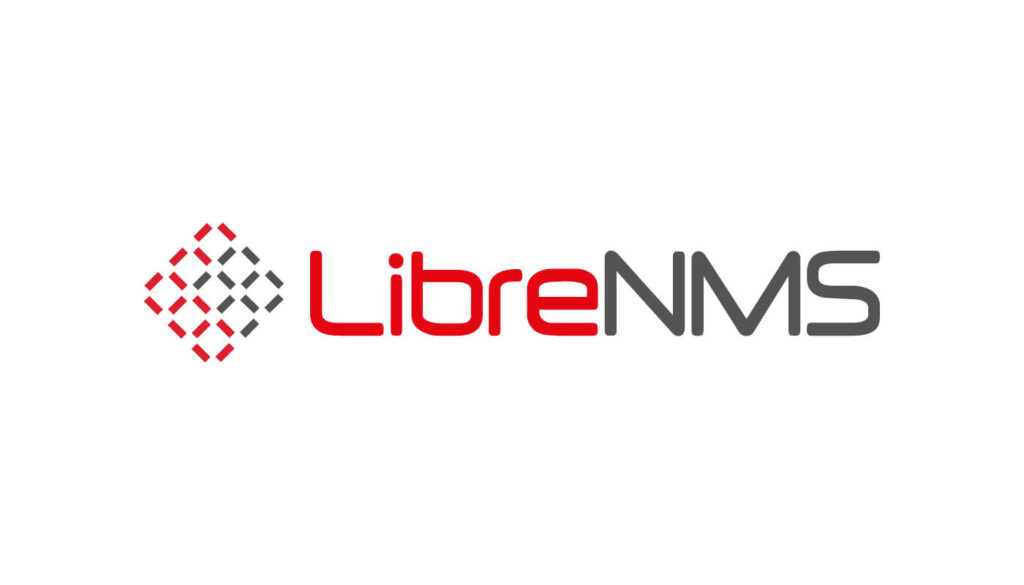
While PRTG stands as a robust and feature-rich network monitoring solution, several situations might prompt users to explore alternative options. Let’s delve into some common scenarios where seeking a PRTG alternative becomes a prudent choice:
1. Cost Considerations
For organizations with budget constraints, investing in a more cost-effective alternative becomes essential to achieve efficient network monitoring without compromising on functionality. Some alternative solutions, such as open-source options, can offer comparable capabilities at a lower cost.
2. Scalability Demands
As your organization expands and your network grows in complexity, the need for a scalable network monitoring solution becomes paramount. Alternative tools with flexible licensing and distributed architecture can cater to growing networks more effectively.
3. Specific Feature Requirements
Different businesses may have unique feature requirements that necessitate seeking an alternative that aligns precisely with their needs. For example, organizations focusing on cloud-native applications may prioritize solutions with robust cloud monitoring capabilities.
4. Diverse Network Ecosystem
Some organizations operate in a multi-vendor network environment, necessitating compatibility with various devices and equipment. An alternative solution with extensive support for different vendor devices can seamlessly integrate into such diverse ecosystems.
5. Integration with Existing Systems
The need for seamless integration with existing IT systems and tools may drive the search for a PRTG alternative that complements the current infrastructure. Solutions with strong integration capabilities can enhance the overall monitoring experience and streamline IT operations.
6. Customization and Flexibility
Organizations with specific monitoring requirements might seek PRTG alternatives that offer extensive customization options. Highly customizable solutions can adapt to unique network architectures and monitoring preferences more effectively.
Conclusion
In conclusion, the search for the perfect PRTG alternative can be daunting, but armed with this comprehensive guide, you are now equipped with knowledge and insight into the crème de la crème of network monitoring tools. Whether you opt for the robust capabilities of SolarWinds NPM, the flexibility of Zabbix, or the simplicity of Nagios, rest assured that you are making a decision that aligns perfectly with your network monitoring needs.
So go forth, conquer your network challenges, and bask in the glory of a well-monitored and efficient network infrastructure!




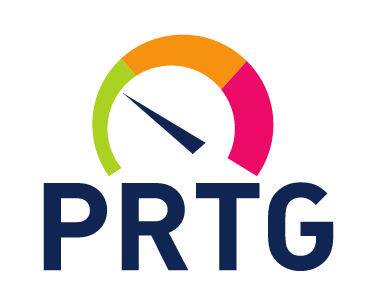
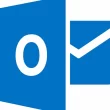
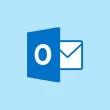

![[pii_email_b00eb231fe1087692261] Error](https://rocketfiles.com/wp-content/uploads/2023/04/how-to-solve-microsoft-outlook-has-encountered-a-problem-and-needs-to-close-error-1024x536-1-380x250.png)
